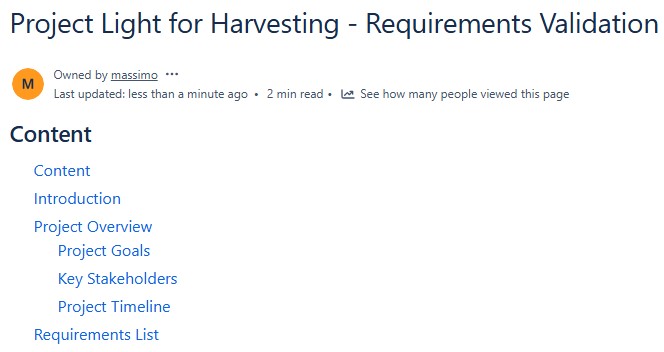When I first entered software development, I saw defects as mysterious glitches. But I soon learned the origins of software defects are anything but random. They stem from human mistakes, unclear requirements, and complex systems. In this article, I’ll explain why defects occur, how they slip into code, and what practical steps help prevent them. Together, we’ll uncover how understanding defect origins can dramatically improve software quality and reduce costly errors throughout development.
Why Testing Alone Isn’t Enough
Software testing isn’t just a technical step—it’s a mindset. From the beginning of any project, I make sure to think about testing. Why? Because it helps me catch defects early.
However, even the best testing strategy can’t prevent all issues. Defects often sneak in long before the first test runs. They originate during planning, design, and even requirement gathering.
Therefore, testing alone is not enough. I must look deeper. I must understand how and why defects originate in the first place. Only then can I create better, more reliable software.
The Human Side of Software Bugs
Let’s be clear: there is no invisible force inserting bugs into your system when you’re not looking. Defects don’t just “appear.” They are introduced when we work—during design, coding, writing requirements, and even documentation.
The truth is simple. The origins of software defects lie in everyday development activities. I may write the best code I can, but if I misunderstand a requirement or miss a detail, a defect gets born.
Here are some root causes I’ve identified over the years:
Missing Knowledge Leads to Mistakes
Sometimes, I just don’t know what I don’t know. Missing knowledge about a framework, tool, or principle can lead me to write incorrect or inefficient code. If developers aren’t well trained, defects become inevitable.
Confusion in Communication Creates Gaps
I’ve seen this far too often: the customer says one thing, the developer hears another. Without clear, two-way communication, expectations become assumptions. These assumptions turn into incorrect features. As a result, defects happen.
Weak Processes Leave Too Much to Chance
When I work in a team without solid development processes, things fall apart. No standardized ways of gathering requirements or designing architecture? That’s a red flag. Weak processes lead to missing details and chaotic designs.
Even Small Oversights Have Big Effects
Yes, even I overlook things. Especially under pressure. Deadlines, distractions, and multitasking cause me to miss steps or skip validations. A simple omission during a critical moment can create a defect that spirals into failure.
Misreading or Miswriting Requirements
Even when I understand the requirements, I might still translate them incorrectly into code. Maybe I misread something or wrote it down wrong. This leads to features that don’t behave as expected. It’s a small slip—but it has a big impact.
When Errors Become Failures
Each mistake, no matter how small, turns into a ripple. Here’s what happens next:
- Error leads to a defect or fault.
- If that defect gets executed, it results in a failure.
- That failure ruins the user’s experience.
Let’s say I forget a validation rule. That’s an error. It becomes a defect when I release the software. If a user enters bad data and the system crashes, that’s a failure.
From the user’s point of view, the software just doesn’t work. That failure creates a deep sense of dissatisfaction. Users lose confidence. They doubt the reliability of our product—and maybe our entire brand.
I’ve learned that the origins of software defects don’t just impact our codebase. They shape how people see us. They affect trust.
How I’m Tackling Defects at the Root
Now you know. Defects aren’t accidents. They stem from the way we work, the choices we make, and the processes we follow—or don’t follow.
If I want to build great software, I need more than clean code. I need strong communication, ongoing education, and stable, well-defined processes.
When I invest in these areas, I don’t just reduce defects. I improve quality. I build trust. And I create software that truly delivers.
Understanding the origins of software defects is the first step toward mastering quality. And that’s a journey worth taking.
What’s Next?!
Now that you’ve learned about the origins of software defects, it’s time to take a closer look at their real-world impact. Why do software bugs keep happening despite all our efforts to prevent them? And how can we deal with them more effectively? Continue reading my next article — Why Software Bugs Happen – And What We Can Do About It — to explore the common causes behind bugs and the practical steps that lead to cleaner, more reliable software.
Credits: Photo by Pew Nguyen from Pexels




